Miniature versions of the Sherpa
Posted by Chris Graham on 14th March 2022
Mike Neale takes a look at some varied, miniature versions of the Sherpa van; the van range with more names than most!

Miniature versions of the Sherpa: GE Fabbri/Ixo Leyland Sherpa Telephone Service Van, from The Spy Who Loved Me, James Bond Cars.
By the mid-1970s, Leyland desperately needed a new van to replace its ageing JU250 and J4 vans, and to compete with the mighty Ford Transit. Unfortunately, there wasn’t the budget to match so, while more radical proposals came and went, the van that emerged in September 1974 looked like the old Austin-Morris J4, with a bonnet.
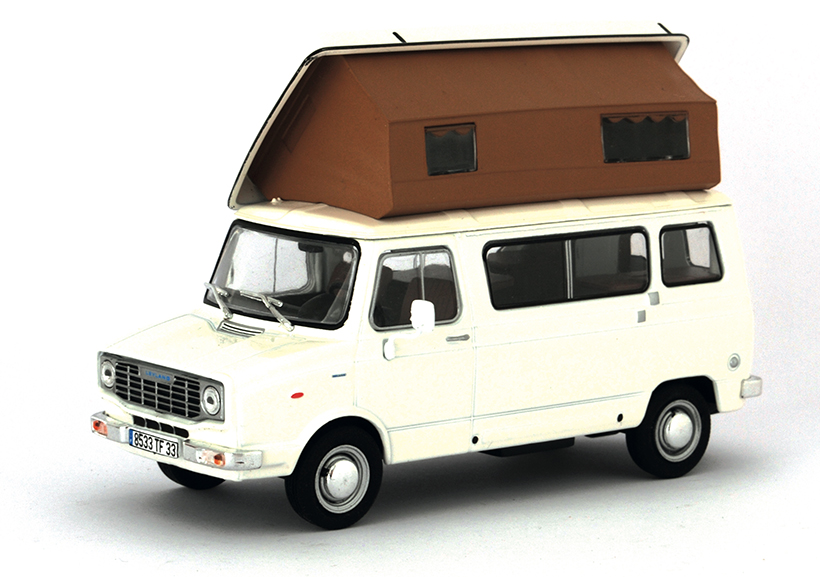
Hachette/Ixo Leyland Sherpa 215 Buccaneer Camper.
In fact, Project CV306, or the ‘new Leyland Van’ as it was initially called, had a chassis pan derived from the JU250, with J4 body and roof panels. If fitted, sliding doors were on the outside of the body, rather than the inside as on the J4. The engines offered were the 1,622cc or 1,798cc B-Series petrol, or the 1,798cc diesel. The front grille badge read ‘Leyland’, and the model number was included on the rear door. Indicators, sidelights and taillights were all mounted in the bumpers.
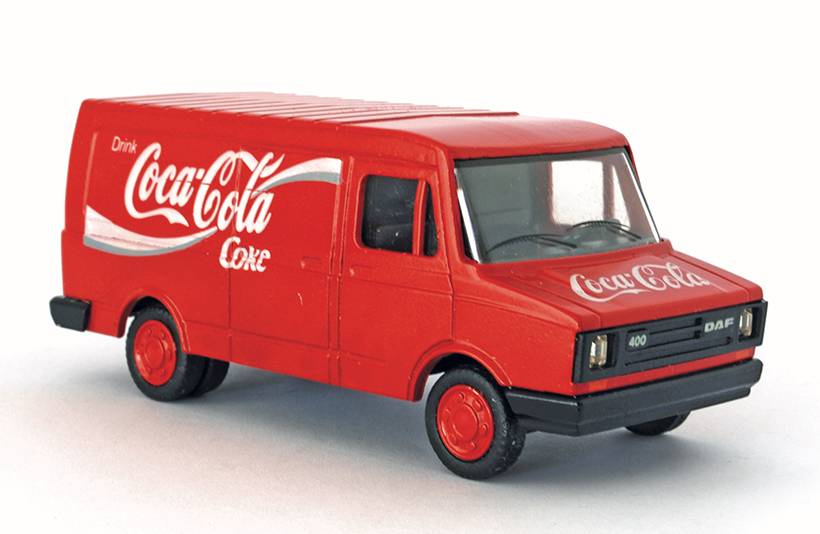
Lion Toys’ DAF 400 Coca Cola.
From 1975, the van was renamed the Leyland Sherpa, although it continued with ‘Leyland’ on the front, but ‘Sherpa’ on the rear. From 1978-81, it became the Morris Sherpa then, from 1981-82, it was changed again to the Freight Rover Sherpa. From 1982-84, the Freight Rover Sherpa K2 Series gained a restyled body, including a vertical rear edge to the hinged cab doors plus a new grille. In 1984, it became the Freight Rover Sherpa 200 and 300 Series, with rectangular headlights and indicators repositioned between the headlights and new bumpers.

Lion Toys’ Leyland-DAF 400, British Gas.
Following privatisation of Freight Rover in 1987, DAF took a 60% stake and the vans were sold as Leyland-DAF models in the UK, and DAF elsewhere. The 400 Series replaced the 300. From 1989, the last remaining J4 panel of the 200 Series – the roof – was replaced by a new, domed design.
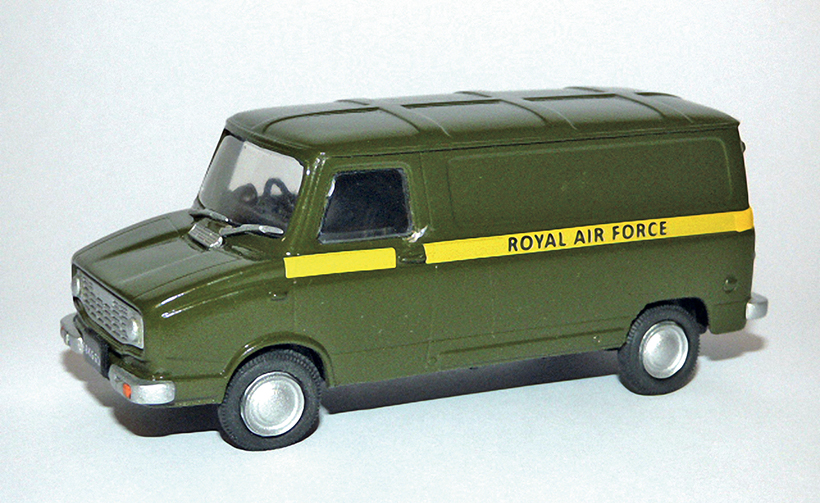
Promod Leyland Sherpa, Royal Air Force.
Leyland-DAF went into receivership in 1993 and, following a management buyout, became LDV. After this, the vans were sold as the LDV 200 and 400 Series. Then, in 1997, the redesigned LDV Pilot replaced the LDV 200, while the LDV Convoy replaced the LDV 400, both being built until 2006. Sadly, there isn’t space here to go into the full range of body styles, sizes and engines used over the years – even listing the model names has taken several paragraphs! So, it’s time to move on to the models.

Promod Leyland Sherpa, Royal Mail.
An early Leyland Sherpa Telephone Service van had a starring role in the 1977 James Bond Film, The Spy Who Loved Me. A 1/43 scale diecast model of this was issued by GE Fabbri in 2009, as part of its James Bond Cars magazine partwork collection. In the film, Jaws ripped his way into the Sherpa, reducing it to a wreck. The model represented the van just after he had started attacking it, with just a dented driver’s door and bonnet. Figures of James Bond and Anya Amasova were seated inside.
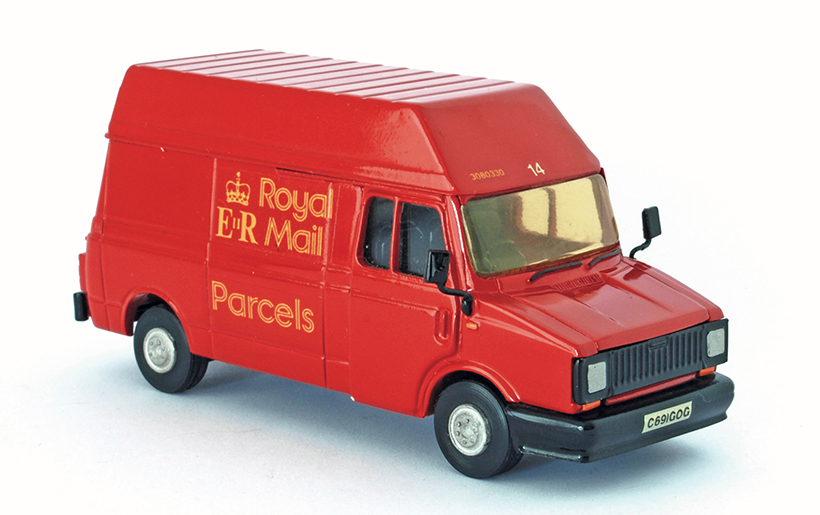
Roxley Models’ Freight Rover Sherpa High-Roof Parcels van.
A modified version of the casting (without the dents) formed the basis for the Motorhomes International Leyland Sherpa 215 Buccaneer Camper, released in 2018 as part of Hachette’s Passion Camping-Cars magazine partwork collection that was sold in France and produced by Ixo. This had the Spacemaker elevating roof in the up position, and was left-hand drive with French number plates. It had been modelled on a real, preserved vehicle. It is a good, well-detailed model, which can sometimes be found on sale online.

Roxley Models’ Freight Rover Sherpa 200, Metropolitan Police.
In 2020, Promod Diecast launched a 1/43 white metal model of the early Leyland Sherpa, available as a built-model in red Royal Mail livery and green Royal Air Force livery, or as an unpainted kit. It’s a nice, solid model. The wheels offer a decent representation of the smooth hubcaps fitted to the real vehicle (although Royal Mail vans didn’t generally have hubcaps as a cost-cutting measure). A police version is planned for future release. See https://promod-diecast.com/ for more details.
Incidentally, while Oxford Diecast has made diecast early Sherpa vans at 1/76 scale, these are outside the scope of this article.
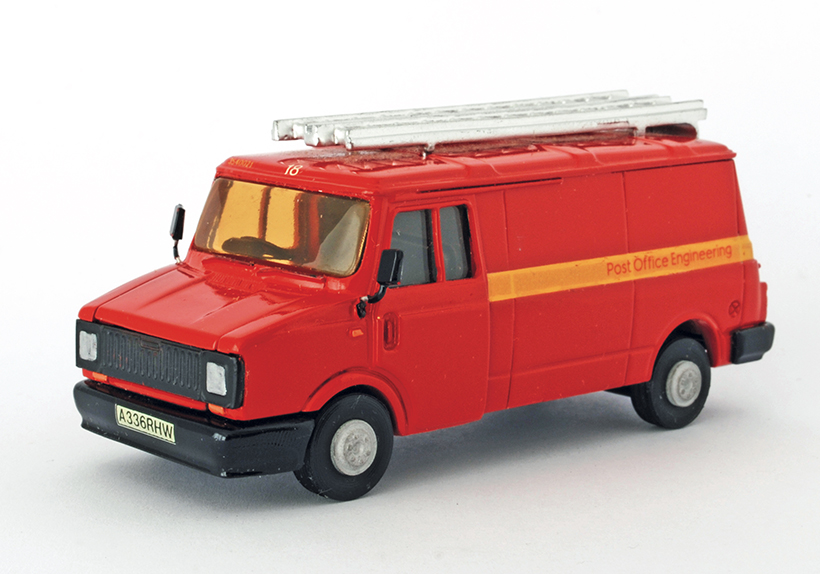
Roxley Models’ Freight Rover Sherpa 200, Post Office Engineering.
Frank Rice-Oxley was a founder of the Post Office Vehicle Club and, in 1986, he formed Roxley Models with his son. Alan Smith, then of A Smith Automodels, approached Frank about producing a range of Post Office models, which resulted in quite an extensive range of Freight Rover Sherpa and Leyland-DAF 200/400 Series models in white metal, made to 1/48 scale.
An early issue was a Leyland-DAF high-top Post Bus. Other Royal Mail variants included a high-roof Freight Rover Sherpa Parcels van, plus various, standard-roof mail vans. There was also a Post Office Engineering Freight Rover Sherpa 200 with ladders mounted on the roof, and a similar van in yellow, British Telecom livery.
Among the other, non-Post Office Roxley models available was a Freight Rover Sherpa 200 police van – mine is in Metropolitan Police livery, but others were also made, including a plain white police van. The same Sherpa 200 was issued in white RAC Rescue Service livery.

Roxley Models’ Freight Rover Sherpa 200, British Telecom.
Roxley’s Freight Rover Sherpa 300 appeared in yellow The Station Team livery, and no doubt others, too. They produced a DAF 400 in ‘DAF 400’ promotional livery.
The company’s Leyland-DAF 200 Fire Service vans included London Fire Brigade and Army Fire Service. A Leyland-DAF 400 crew-cab fire appliance was also made in a variety of different fire service liveries.
These are just a few of the Roxley/A Smith/Hartsmith Sherpa models produced. Roxley Models still has a shop in Great Bookham, Surrey. You can find out more here: roxleymodels.co.uk
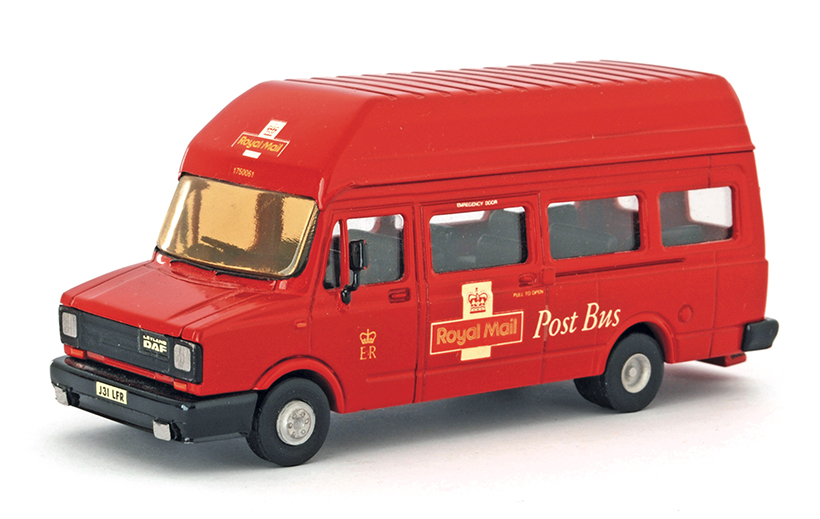
Roxley Models’ Leyland-DAF Royal Mail Post Bus.
Meanwhile, over in Holland, during the late 1980s, Lion Toys, which had been producing models of DAF cars since 1957, issued diecast DAF and Leyland-DAF 400 vans built to approx. 1/48 scale in branded, promotional boxes. Liveries included red Coca Cola, white and blue British Gas, green Dutch PTT-Telecom, olive-green Dutch army, blue Ster Bandenservice (tyre service), pale grey Modelanto, both white ‘DAF 400’ and ‘Leyland-DAF 400’ promotional versions, and orange Italia-90. These are all quite basic models and typical of the period, with no mirrors or separate wipers (the latter being part of the windscreen moulding) and somewhat generic wheels, as also fitted to some of their other models.
Finally, I should just mention the later, LDV Convoy that was produced in white metal by SMTS as a promotional model, but which is now quite hard to find.
For a money-saving subscription to Classic & Vintage Commercials magazine, simply click HERE
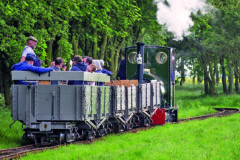
Previous Post
Lincolnshire Coast Light Railway bogie work
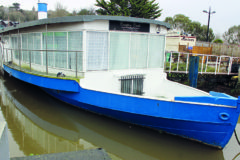
Next Post
1913 River Dart paddle steamer’s future in doubt



